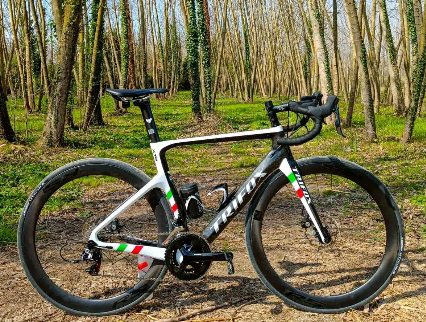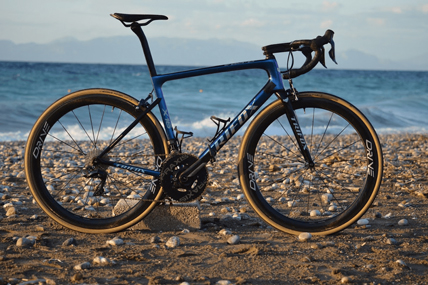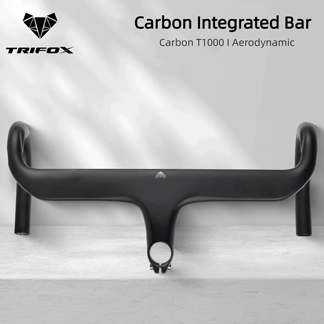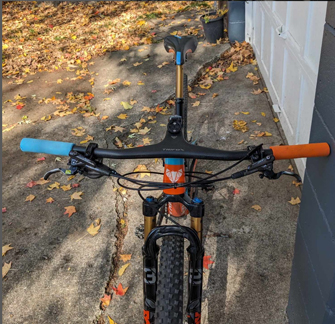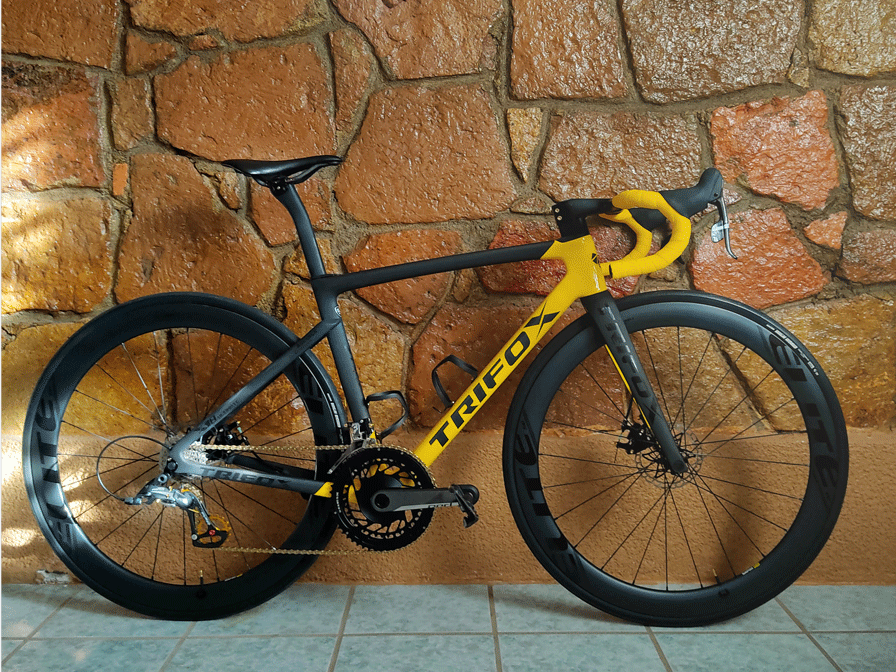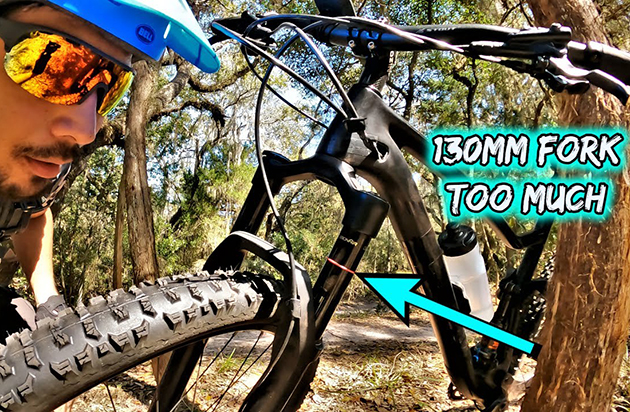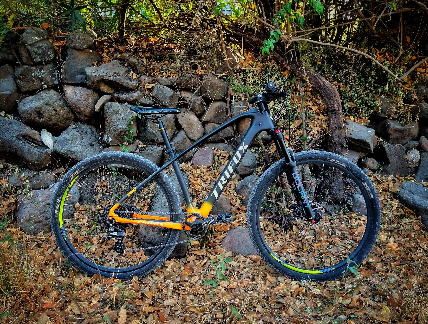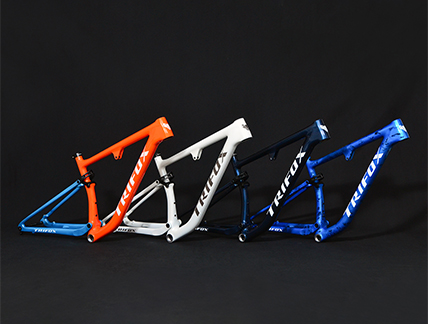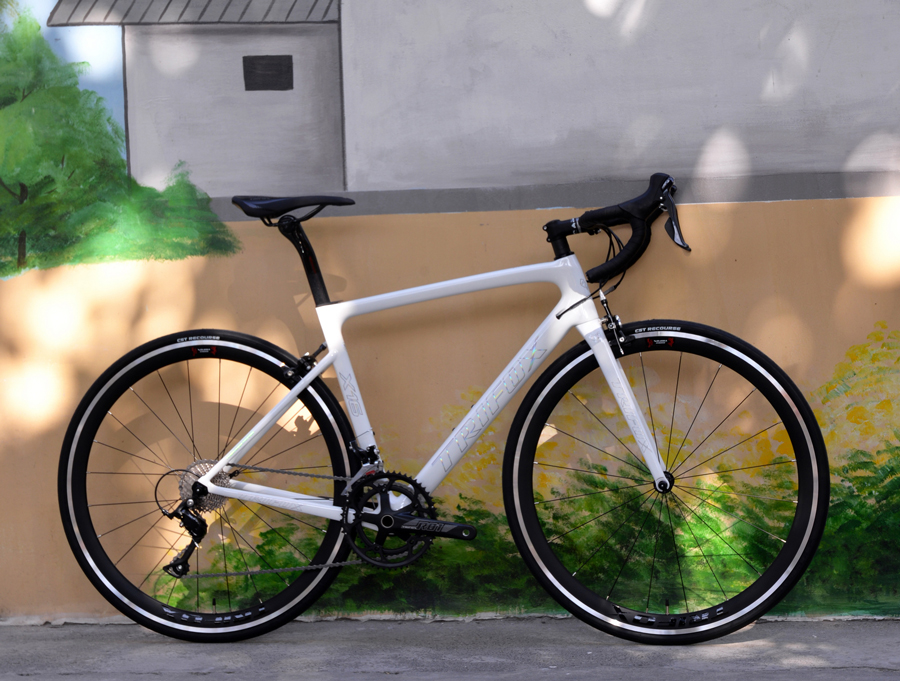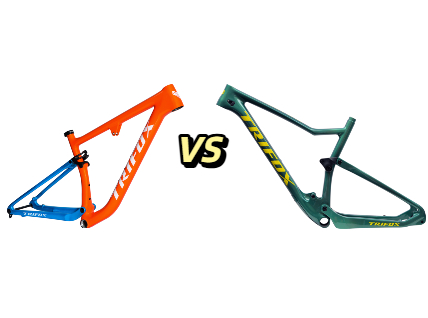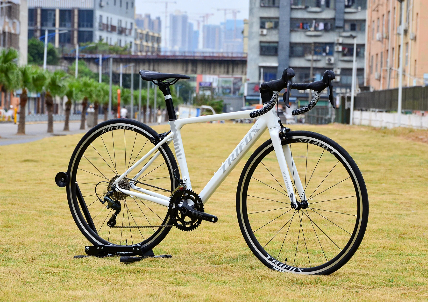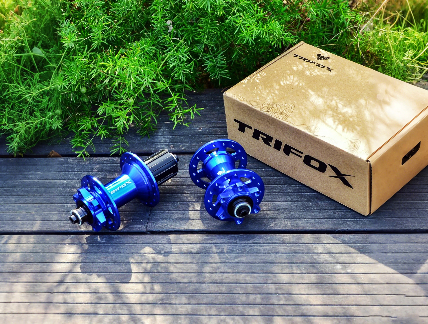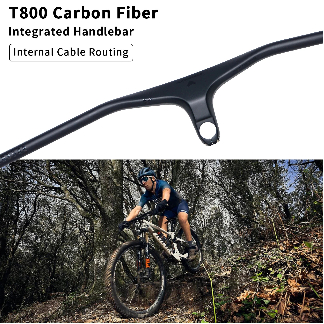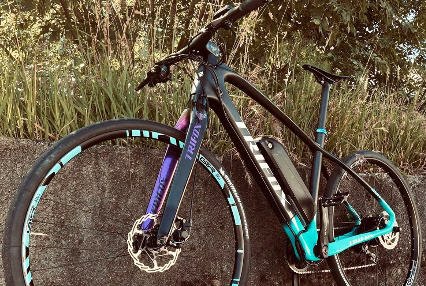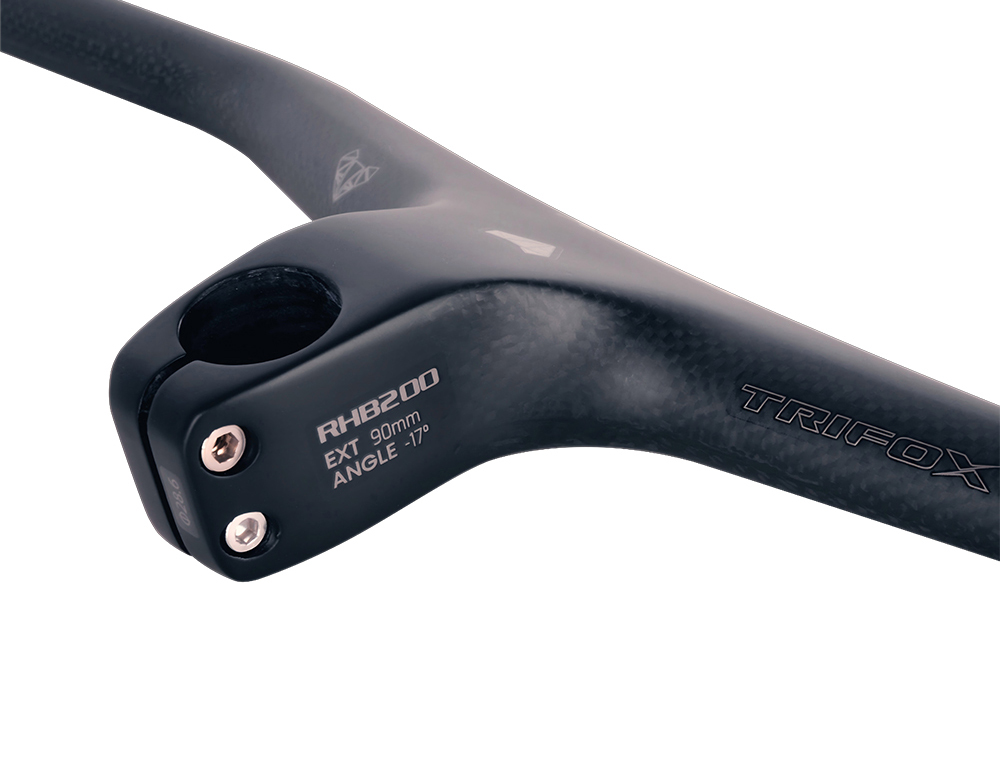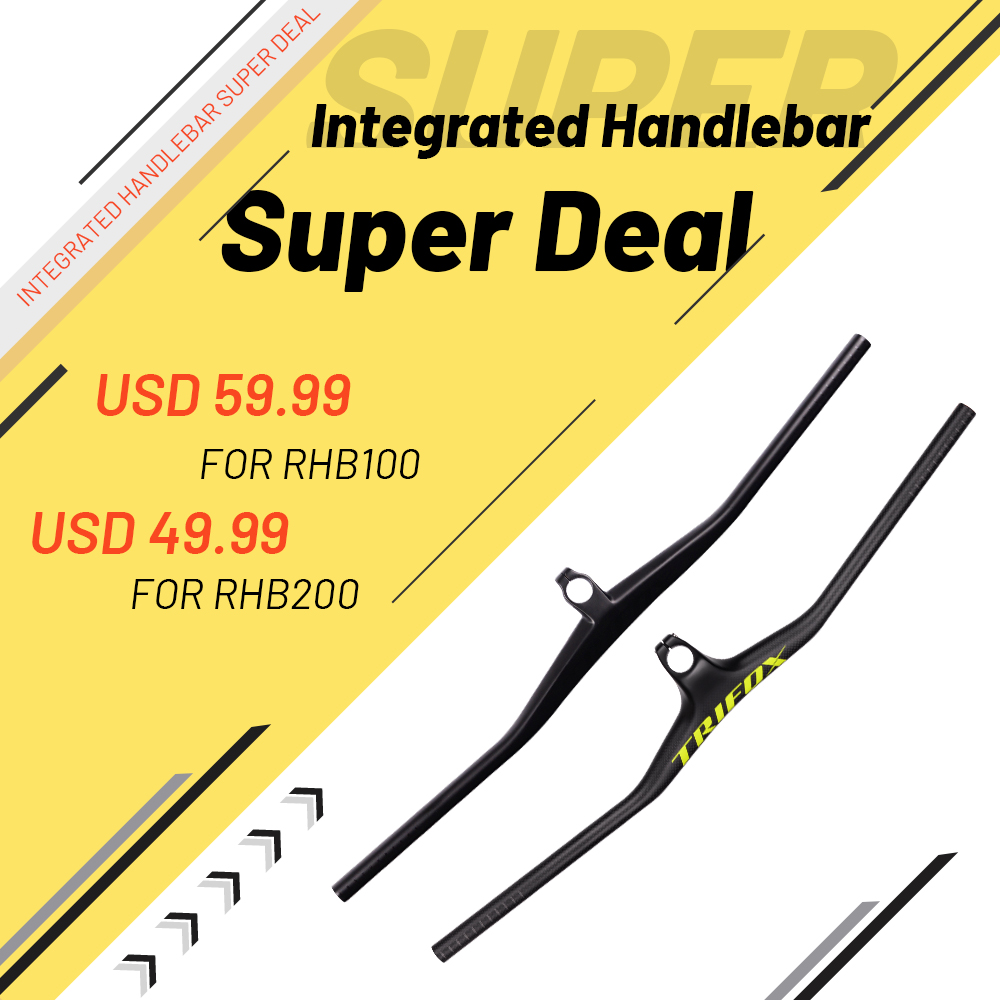Bike hubs are the unsung heroes of your wheelset, influencing performance, durability, and ride quality. Whether you’re upgrading or building a bike, understanding the three primary hub types ensures you pick the right one for your needs.
1. Freewheel Hubs
Common on older or budget bikes, freewheel hubs feature a threaded mechanism where the gear cluster (freewheel) screws directly onto the hub. Pros: Simple design, affordable. Cons: Less durable under heavy load; replacing gears requires removing the entire freewheel. Ideal for casual riders or vintage builds but less common in modern cycling.
2. Freehub (Cassette Hubs)
The modern standard for most road, gravel, and mountain bikes. Freehubs have a splined body where the cassette slides on, with bearings housed within the hub. Pros: Stronger, easier maintenance, and compatible with a wide range of cassettes. Cons: Slightly pricier. This design dominates high-performance bikes due to its reliability and ease of upgrades.
3. Fixed Gear Hubs
Used in track bikes or “fixies,” these hubs lack a freewheel mechanism, meaning the pedals move whenever the bike is in motion. Pros: Direct power transfer, lightweight, and low maintenance. Cons: No coasting—requires constant pedaling. Popular among urban riders and velodrome racers seeking simplicity and control.
Choosing Your Hub
Your riding style dictates the best fit:
- Freewheel: Budget-friendly, low-maintenance commuting.
- Freehub: Versatile performance for most disciplines.
- Fixed Gear: Minimalist urban or track use.
Upgrade your ride with precision-engineered hubs from Trifox Bike, offering durability and smooth engagement across all types. Whether chasing speed or mastering city streets, the right hub transforms your bike's potential.





























































